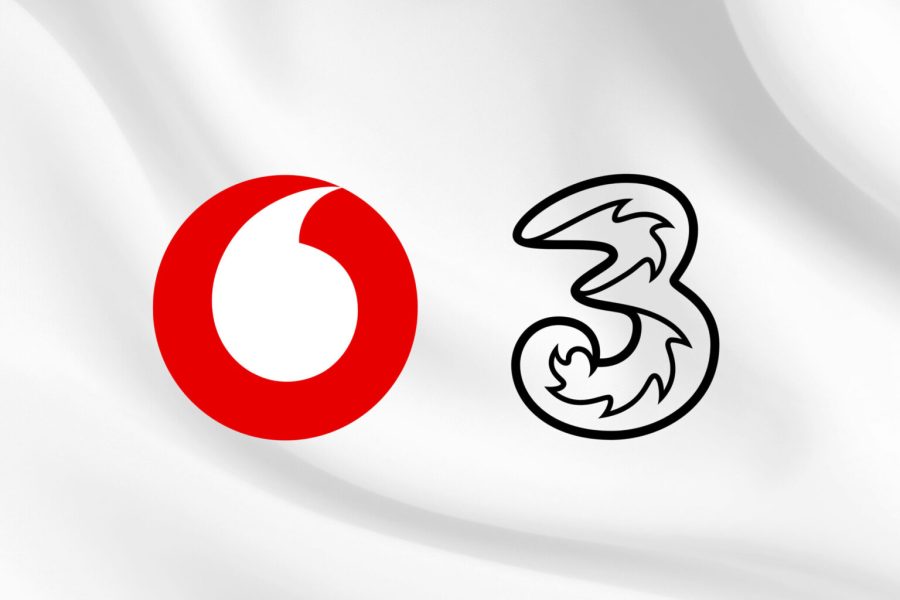This is a story about serendipity and probability.
Nicole He met Arnaud De Bock while waiting in line for the bathroom at a GDC developer party in 2019. She was giving a talk on voice technology in art and games based on her work as a creative technologist, her portfolio filled with interactive projects like the True Love Tinder Robot, Garden Friends, ENHANCE.COMPUTER and Soylent Dick. De Bock was working on the Reigns series and Card Shark for Nerial, and finishing up Pikuniku on the side.
Technically, He wasn’t invited to this particular party, but Ape Out co-creator Maxi Boch snuck her in.
“There in the bathroom line, I met Arnaud,” He told Engadget. “We started chatting, and we were sort of mutual fans of each other’s work, and we talked about potentially collaborating on something. A few months later, we were trying to work on this other idea that he had with his collaborator Rémi [Forcadell] from Pikuniku. That idea never really worked out into anything. But at the same time, Arnaud and I were both obsessed with this reality show called Terrace House.”
Terrace House was a Japanese reality series that aired from 2012 to 2020, featuring a rotating cast of six strangers, mainly young professionals, as they lived together for months at a time. Episodes followed the participants as they navigated work and relationships, and the entire thing had a soothing, quiet kind of vibe, even during explosive arguments about eating someone else’s steak. Though cast members often ended up dating each other, you could call Terrace House very demure and very mindful — especially in comparison to Western reality shows like Love Island or Too Hot to Handle, which are built around the themes of bikinis, lust, betrayal and neon-lit product placement.
Inspired by Terrace House and 1990s reality shows like The Real World and Room Raiders, He and De Bock started creating a game called The Crush House. Nerial jumped on board: The studio was finishing up Card Shark and co-founder Francois Alliot saw this reality TV project as an opportunity for his team to flex their narrative muscles.
“At some point, we made a major pivot as far as the writing goes, just ramping it up from this chill Terrace House style, slice-of-life relaxed thing, to be trashy, essentially,” He said. “Like, the dialogue needs to be a lot more engaging. It needs to be funnier and raunchier, more over the top.”
That’s when shows like Love Island and The Ultimatum entered the production conversation. In its final form, The Crush House falls in the space between Terrace House and Love Island. It’s set in a bright seaside mansion (with an infinity pool, of course) and it stars four characters at a time as they form strategic friendships, have fiery arguments and make out with each other between ad breaks.
The Crush House is set in 1999, before smartphones enabled a call-and-response relationship with viewers, but the audience still plays a critical role. Players are the on-site producer and videographer, and they have to respond in real-time to demands from different categories of viewers, like drama queens, foodies, fish freaks, divorced dads and butt guys, while also appeasing advertisers and the mysterious network overlords. Capturing the correct footage, playing ads at the right time and placating the suits makes for a surprisingly intense gameplay loop. There’s a sprint button here for a reason.
One of the most intriguing aspects of The Crush House is its replayability. There are 12 cast members to choose from at the start of every run, and they have distinct personality traits that play off of each other in unique ways. There are classic reality-TV archetypes, like the himbo, the naive girl and the pretentious one, and their interactions are driven by procedural generation.
“Everything that you see on the screen, the dialogues, are generated,” Alliot said. “We have a system called rigmarole, which is a system that matches the traits of a character with what we call sagas, which are like models of stories. For example, if you got a love triangle, you have a number one, number two, number three, they will have different traits that we will match to the characters. If we have a match, we play that story and then it unfolds like that, with possible outcomes that may be different depending on the character that you picked. And this system allows us to have a very broad or very narrow type of narrative.”
He and the developers at Nerial wrote about 50,000 lines of dialogue for the Crush House rigmarole system. With 12 characters to choose from and four characters in each playthrough, there are 495 total possible cast combinations in the game. Essentially, The Crush House had to be procedurally generated.
“We have things that are logical, but it’s never 100 percent super structured,” Alliot said. “It’s a bit loose, a loose narrative that fits very well with reality TV. And so you can play the game basically forever, matching different characters, and it will still surprise you.”
The Crush House was a jumble of random dialogue and code for a long time before its procedural generation systems had enough information to produce a rational, powerful experience, He said. Alliot warned her this would be the case, and encouraged her to be patient and watch out for the moment when everything would snap into place. Eventually, that’s exactly what happened.
“It’s kind of a mess for a long time,” He said. “But when we reached the point where actually it all came together — we had enough writing, we had the technical stuff working out, and the animations playing and all this stuff happening. It’s like there’s something that clicks and it kind of becomes magical.”
The Crush House still surprises He, even after years of studying its code and iterating on its outputs.
“I had this experience even yesterday playing the game, where there was a very sweet, romantic scene between Veer and Alex, and then the next scene, Veer says something that’s really cruel to him,” He said. “And I was struck by that. I mean, I can see through the veil of it, I know how everything works, but it’s really awesome to have that effect.”
The Crush House is available on Steam for PC, developed by Nerial and published by Devolver Digital.
This article originally appeared on Engadget at https://www.engadget.com/gaming/pc/how-the-crush-house-turns-procedural-generation-into-social-manipulation-160020111.html?src=rss


























